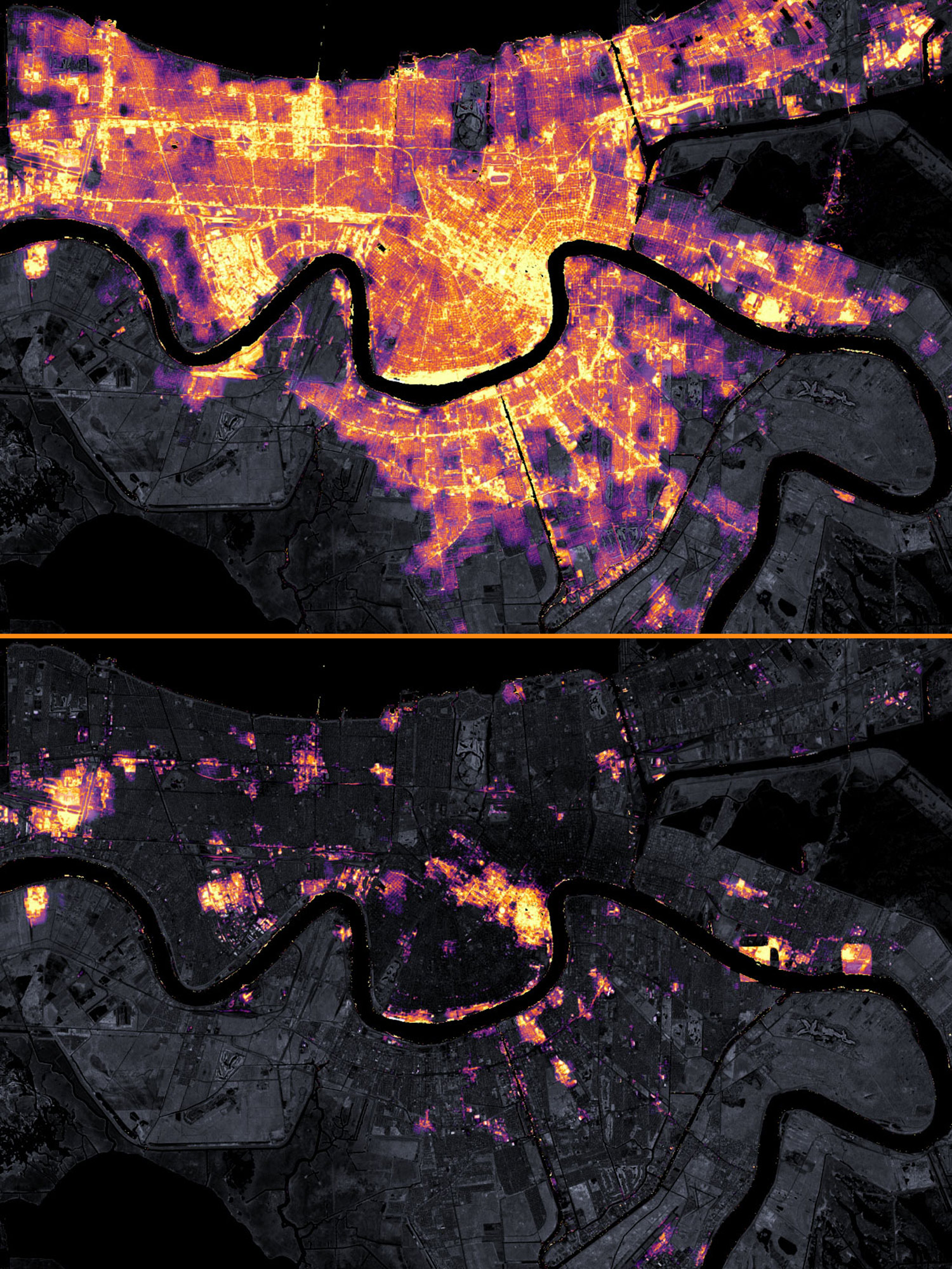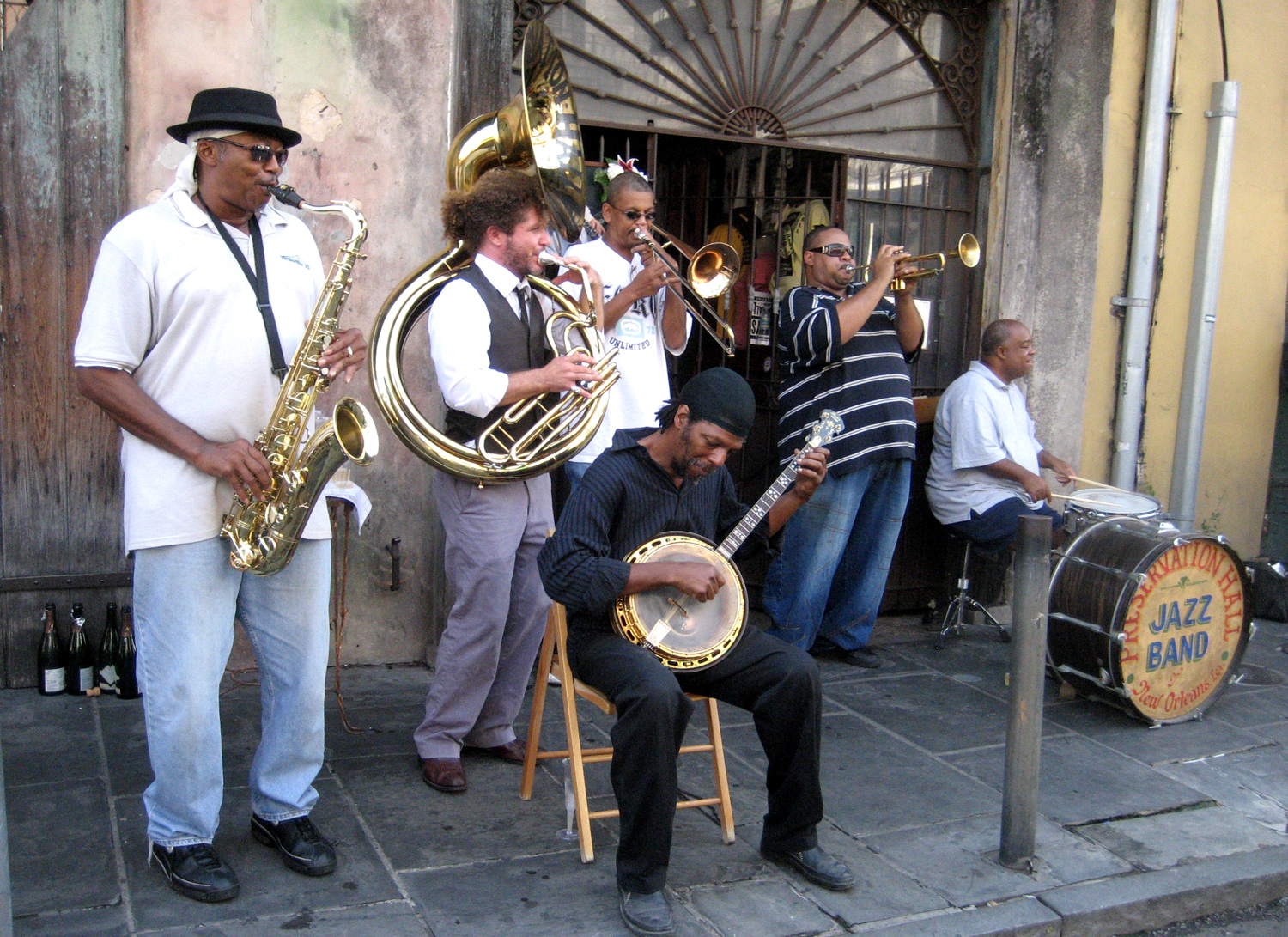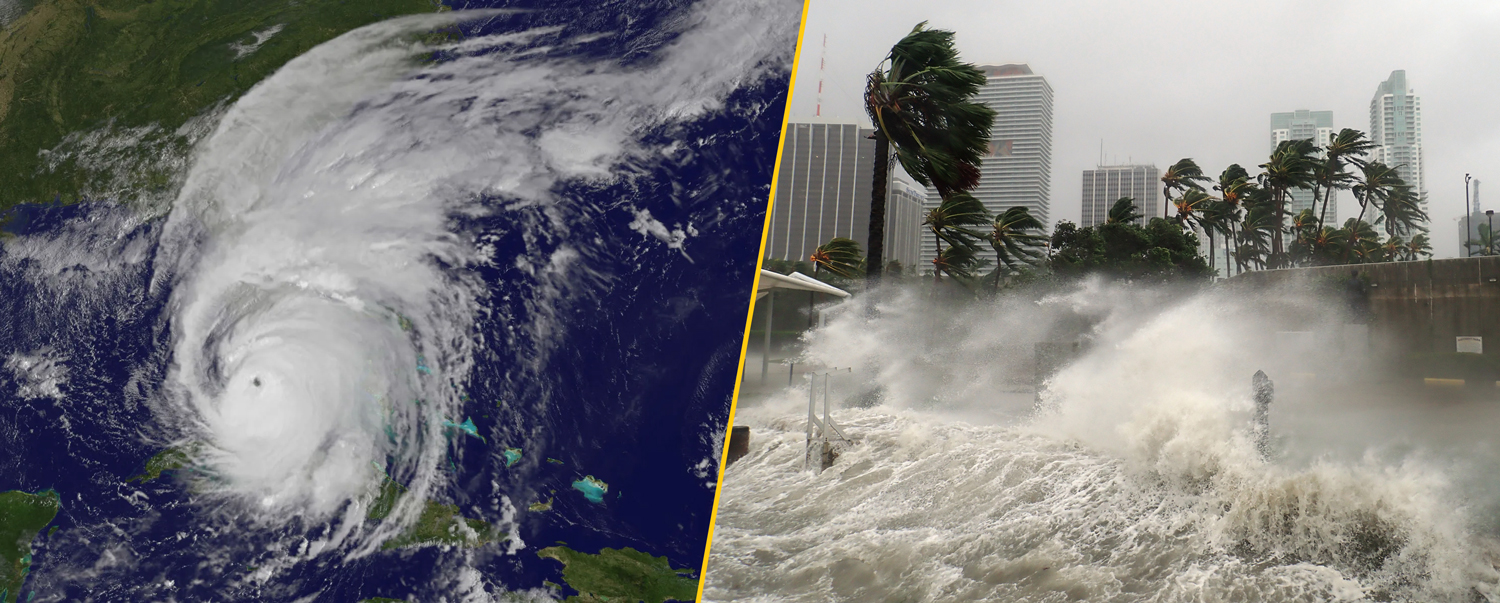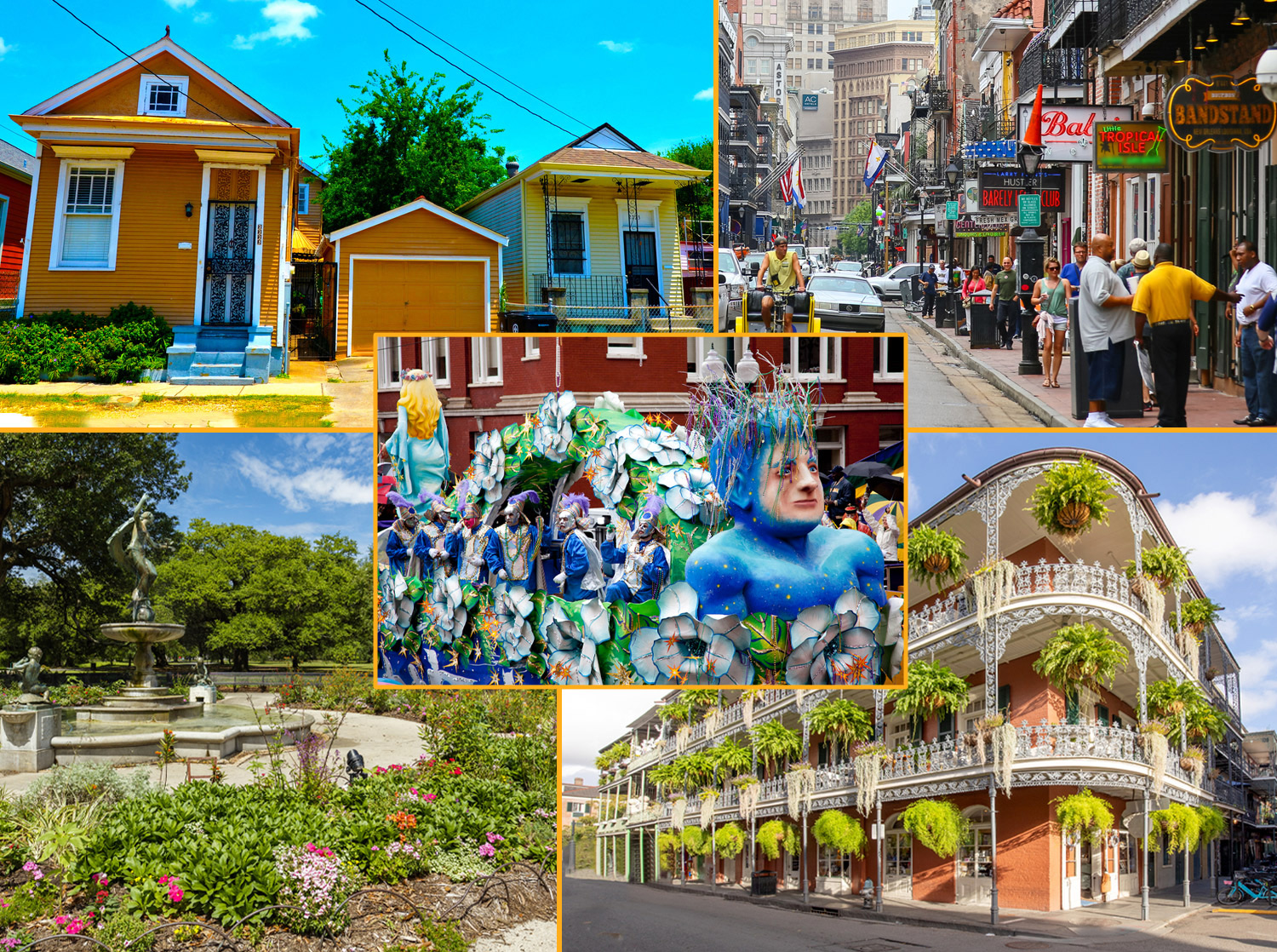Community Lighthouses
“Community lighthouses” are places where New Orleans residents can go to cool off and recharge during power outages.
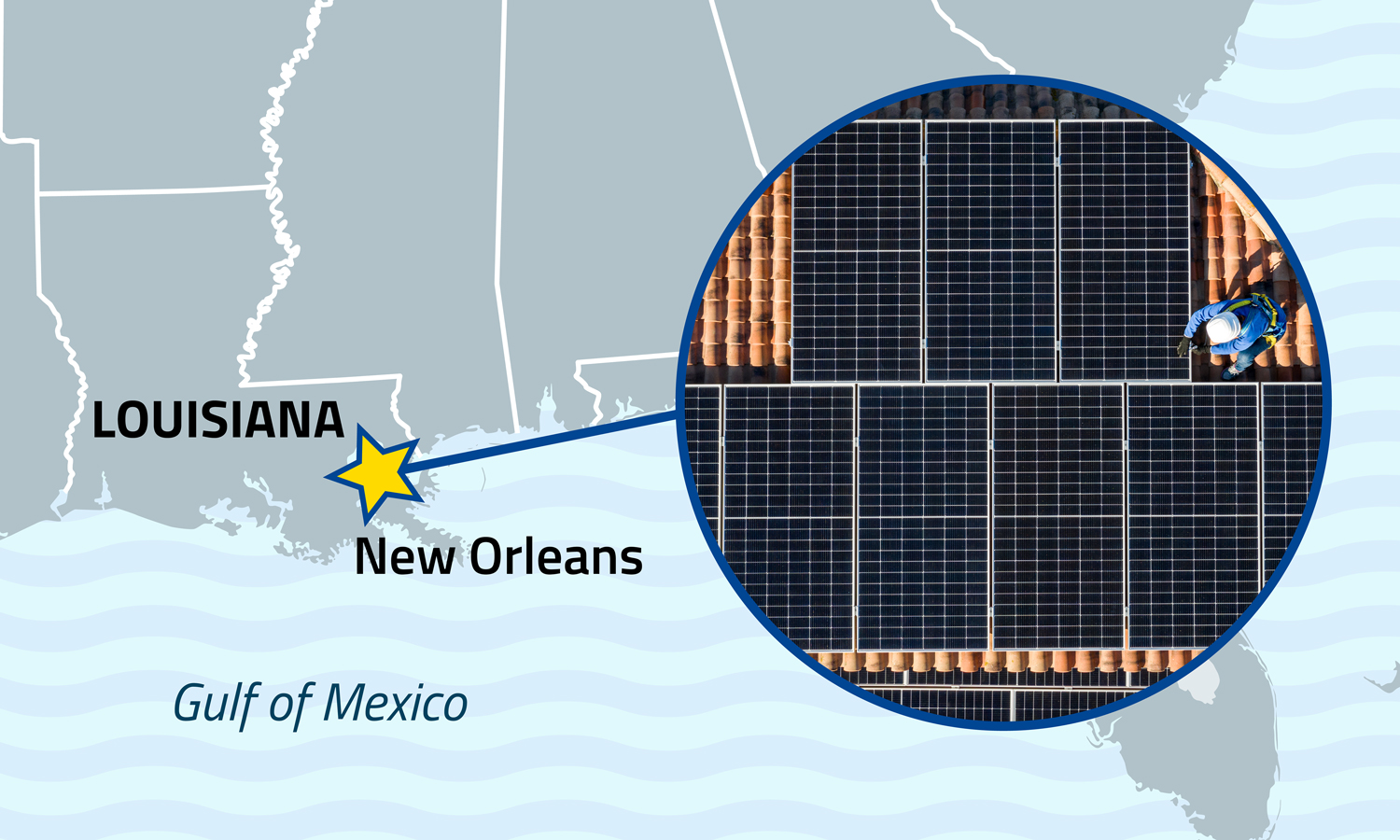
Electricity is important in every city, but it may be especially crucial in a place like New Orleans, Louisiana. Located on the southeastern coast of the United States, New Orleans gets extremely hot and humid in the summer and early fall. When the electricity shuts off, so does the air conditioning—and that can be dangerous. That’s why an organization called Together Louisiana is setting up “community lighthouses,” places where New Orleans residents can go to cool off and recharge during power outages.
So far, Together Louisiana has opened a handful of community lighthouses at medical centers, community centers, and churches. A total of 86 lighthouses will have solar panels that will collect the Sun’s energy when the skies are clear. Some solar energy will be used all year, and some will be stored in batteries that can provide power when the city’s main power grid isn’t working.
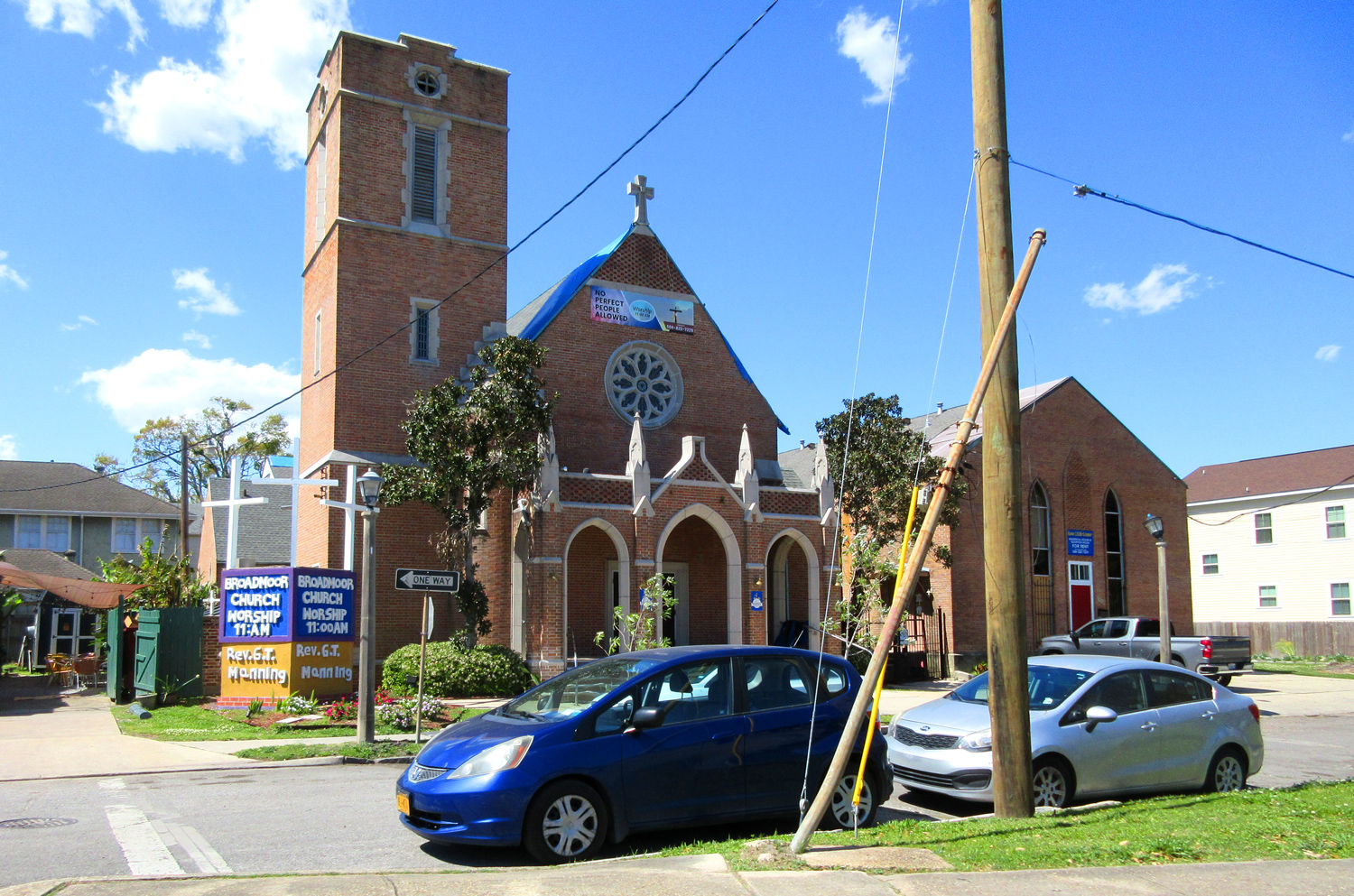
Infrogmation of New Orleans (CC BY 2.0)
Broadmoor Church is one of the first community lighthouses in New Orleans.
New Orleans is located on the coast of the Gulf of Mexico, a frequent target for hurricanes. Power outages are common between August and October, the peak of the Atlantic hurricane season. More than one million people lost power during 2021’s Hurricane Ida, mostly in Louisiana. With no air conditioning or electric fans, some people died in the extreme heat. Gregory Manning, the pastor of Broadmoor Church (one of the first community lighthouses), says Hurricane Ida made residents determined to set up better storm resources.
“Hurricane Ida was a pivotal moment for the city,” Manning told the British Broadcasting Corporation (BBC). “That taught us what we really needed to do. We realized that we have the power ourselves to get together a plan.”
